Grandmother’s Marinated Sweet and Sour Tomatoes
I was enchanted by the premise of “Grandmas Project” as soon as I read about it in the New York Times. It is a web series in which film directors document their grandmothers as they cook. The women also share their stories, dreams, aspirations and give advice, and these short 8-minute films are so tender and heartwarming that watching them makes me feel as if I’m cooking with my grandmother Valentina. Although my cooking lessons come from diverse sources, learning from Valentina gave me a deeper understanding of food as a way of connecting with others, and that’s exactly what makes “Grandmas Project” so compelling.
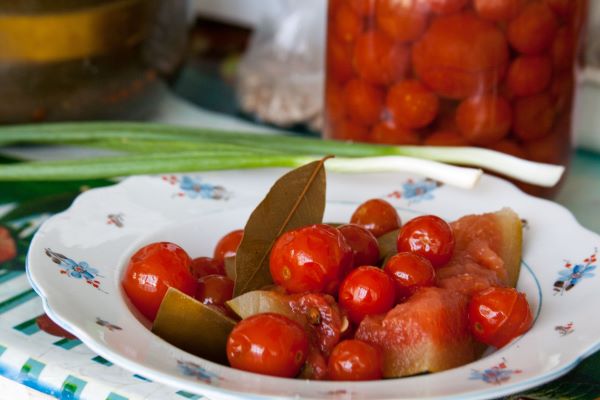
Valentina learned cooking a young woman married to an army officer and stationed in a military town in eastern Ukraine. Living in the shared housing, she met other “army wives,” who hailed from different parts of the Soviet Unions and whose lessons gave her cooking a multicultural flair. Some of Valentina’s signature dishes were Georgian spicy soups, Armenian stewed vegetables and Tatar meat pies. She also had a big collection of pickled vegetables, which in her recipe books were marked as “from Zulia, Dagestan” or “Natalya, Saratov.” When we prepared these pickles together, Valentina told me about her friends, and even though she had no news from these women for many years, it felt as if they were present.
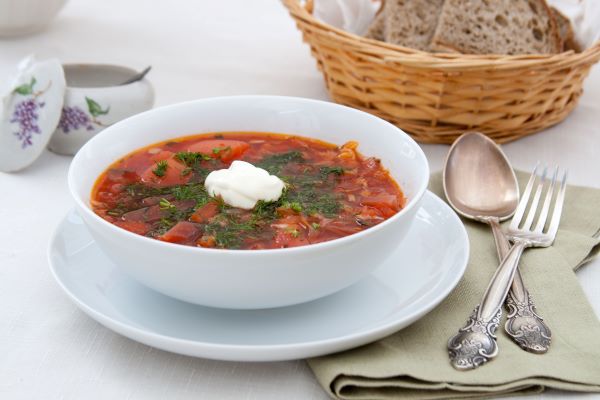
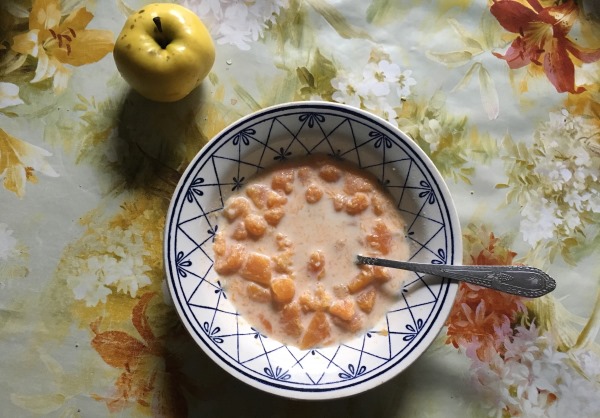
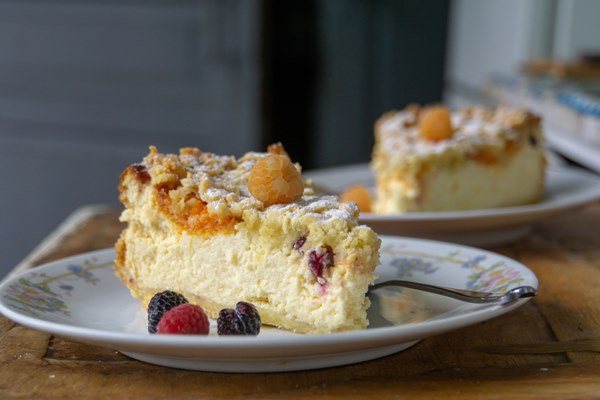
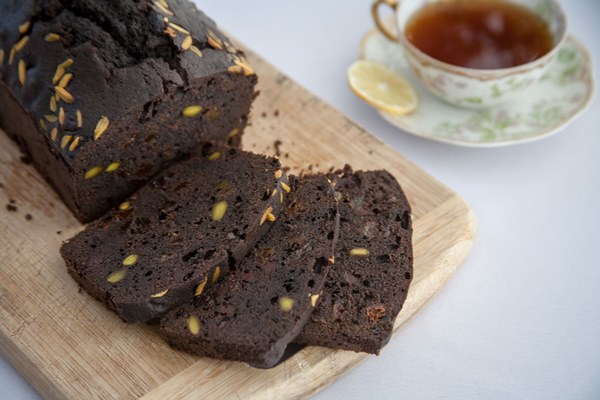



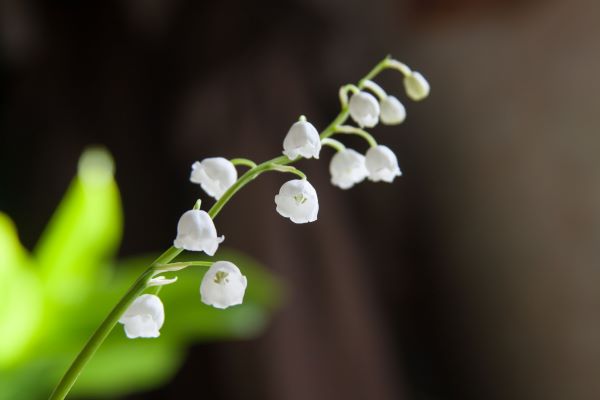
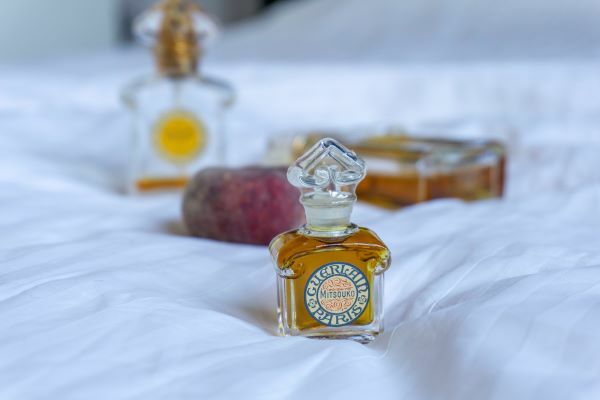









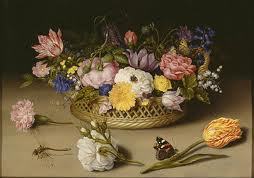

Aurora in Recommend Me a Perfume : April 2024: I don’t think they differ widely in scent, the EDT is punchier and a bit brighter in the top notes and the EDP clings more to the skin and lasts… April 26, 2024 at 2:27pm